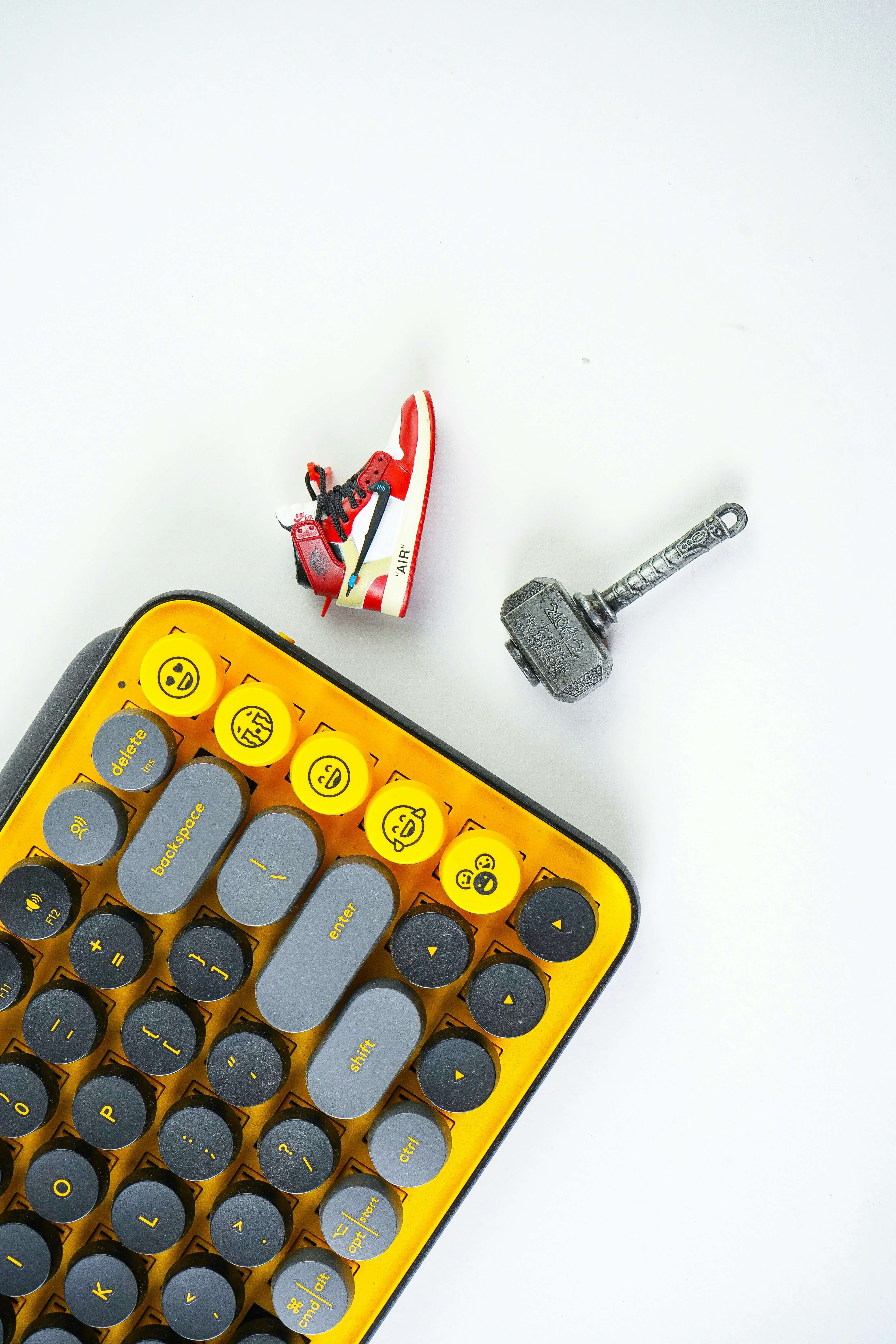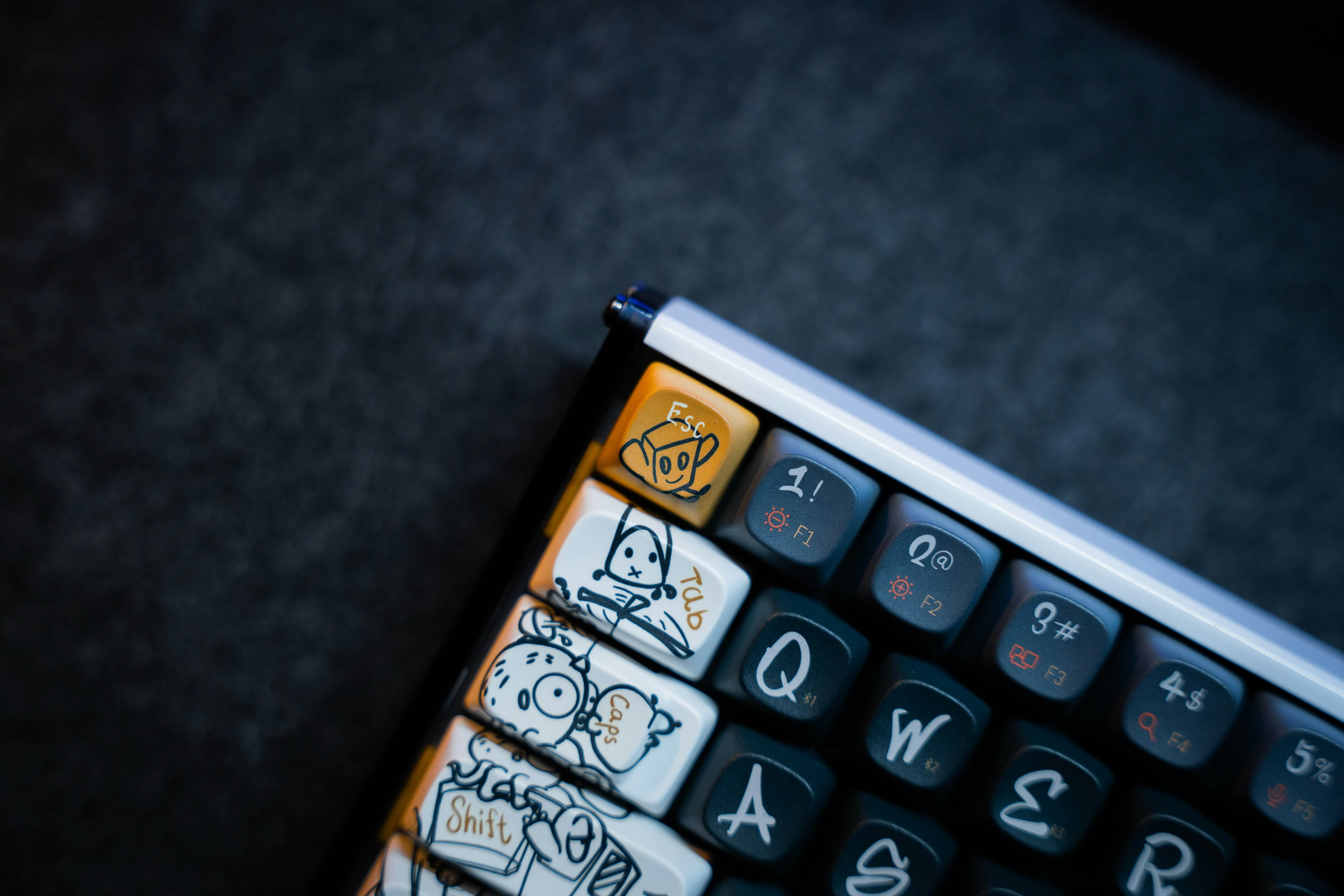☰
🔍
Have you ever dreamed of building a mechanical keyboard that’s uniquely yours? Whether you’re a typing enthusiast, a gamer, or just someone who loves to tinker, creating your own custom mechanical keyboard is an incredibly rewarding experience. Not only do you get a keyboard tailored to your preferences, but you also gain a deeper understanding of how these amazing devices work.
In this beginner’s guide, we’ll walk you through the process of building your first DIY mechanical keyboard, step by step. Let’s get started!

Before we dive into the how, let’s talk about the why. Here are a few reasons why building your own mechanical keyboard is worth it:
1. Customization: Choose every component, from switches to keycaps, to create a keyboard that’s perfect for you.
2. Quality Control: Handpick high-quality parts to ensure your keyboard is built to last.
3. Satisfaction: There’s nothing quite like the feeling of typing on a keyboard you built yourself.
4. Learning Experience: Gain valuable skills and knowledge about electronics and keyboard mechanics.
Here’s a list of the essential components and tools you’ll need to build your DIY mechanical keyboard:
1. Keyboard Case: The frame that holds everything together. Choose from plastic, aluminum, or even wood.
2. PCB (Printed Circuit Board): The brain of your keyboard. Make sure it’s compatible with your case and layout.
3. Switches: The heart of your keyboard. Pick tactile, linear, or clicky switches based on your preferences.
4. Keycaps: The visible part of your keyboard. Choose from different materials (ABS or PBT) and profiles (OEM, Cherry, SA, etc.).
5. Stabilizers: These keep larger keys (like the spacebar) stable and prevent wobbling.
6. Plate: A metal or plastic plate that holds the switches in place. Some PCBs are plate-less, so check compatibility.
7. Cable: A USB cable to connect your keyboard to your computer.
1. Soldering Iron: For attaching switches to the PCB (if your PCB isn’t hot-swappable).
2. Screwdriver: To assemble the case and plate.
3. Switch Puller: For removing switches if needed.
4. Keycap Puller: For removing keycaps.
5. Tweezers: For handling small components.
6. Lubricant: Optional, but lubing your switches and stabilizers can improve sound and feel.
- Decide on the size and layout of your keyboard (e.g., 60%, TKL, full-sized).
- Choose your switches, keycaps, and other components based on your preferences.
- Double-check compatibility between your PCB, case, and plate.
- Clear a clean, well-lit area to work in.
- Gather all your tools and components so everything is within reach.
- Clip and lubricate your stabilizers (if needed) to reduce rattle.
- Attach them to the PCB or plate, depending on your build.
- If you’re using a hot-swappable PCB, simply press the switches into the PCB.
- If you’re soldering, insert the switches into the plate and PCB, then solder them in place.
- Place the PCB (with switches attached) into the case.
- Secure everything with screws, ensuring the plate and PCB are aligned properly.
- Attach your keycaps to the switches. Make sure they’re oriented correctly and feel comfortable to type on.
- Connect your keyboard to your computer and test each key to ensure it’s working properly.
- Use software like VIA or QMK to program your keyboard (if supported).

1. Start Simple: For your first build, consider a 60% or TKL keyboard with hot-swappable switches to avoid soldering.
2. Watch Tutorials: There are plenty of YouTube videos and forums dedicated to DIY keyboard builds.
3. Take Your Time: Building a keyboard can take a few hours, so don’t rush. Enjoy the process!
4. Join the Community: The mechanical keyboard community is incredibly supportive. Don’t hesitate to ask for help or advice.
Building your own mechanical keyboard is a fun and fulfilling project that lets you create a tool perfectly suited to your needs. Whether you’re after a sleek gaming keyboard, a tactile typing machine, or a colorful work of art, the possibilities are endless.
Explore our selection of DIY keyboard kits, switches, keycaps, and tools to get started on your build today.
Start Your DIY Keyboard Journey Now—Your Perfect Keyboard Awaits!